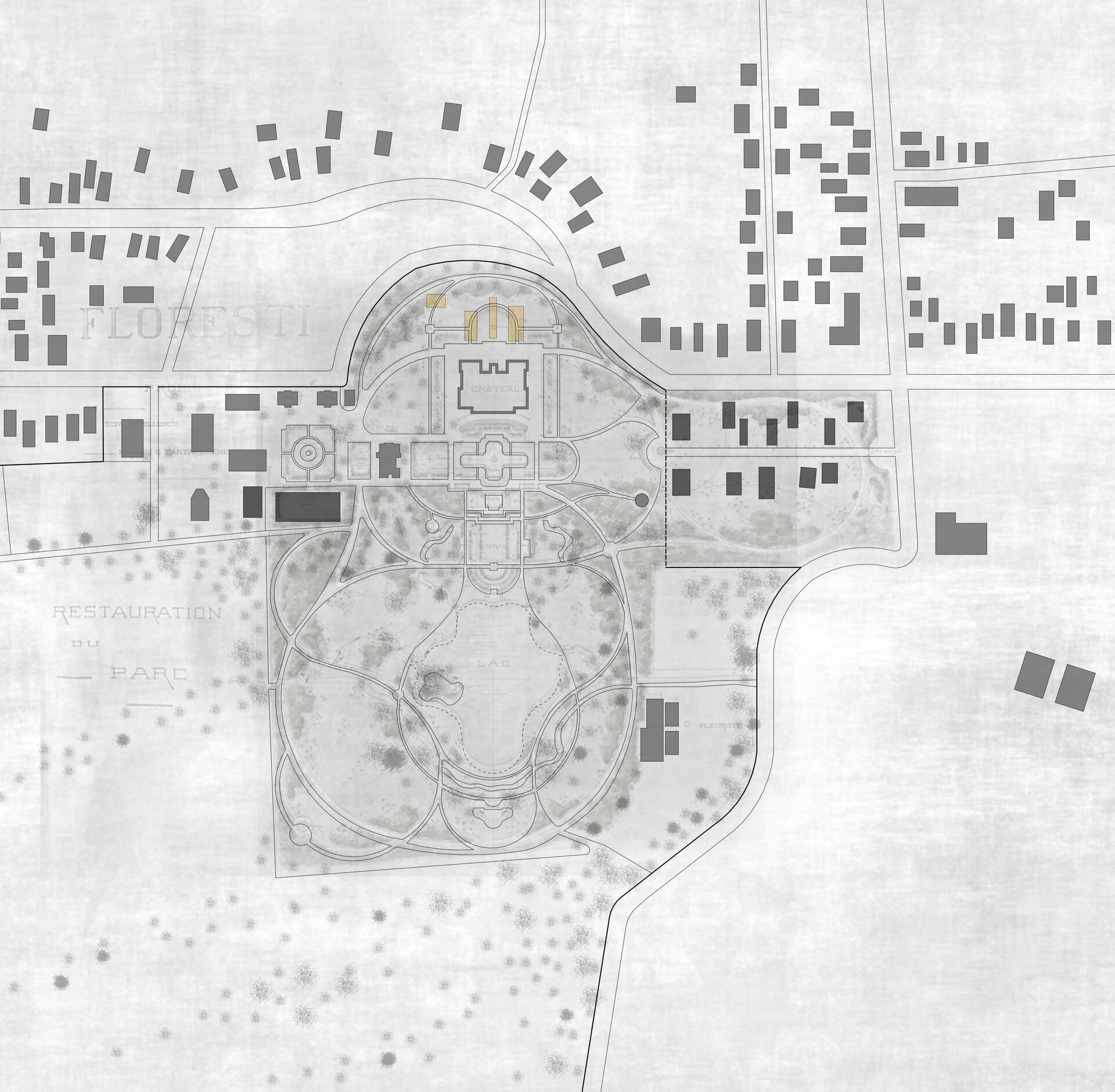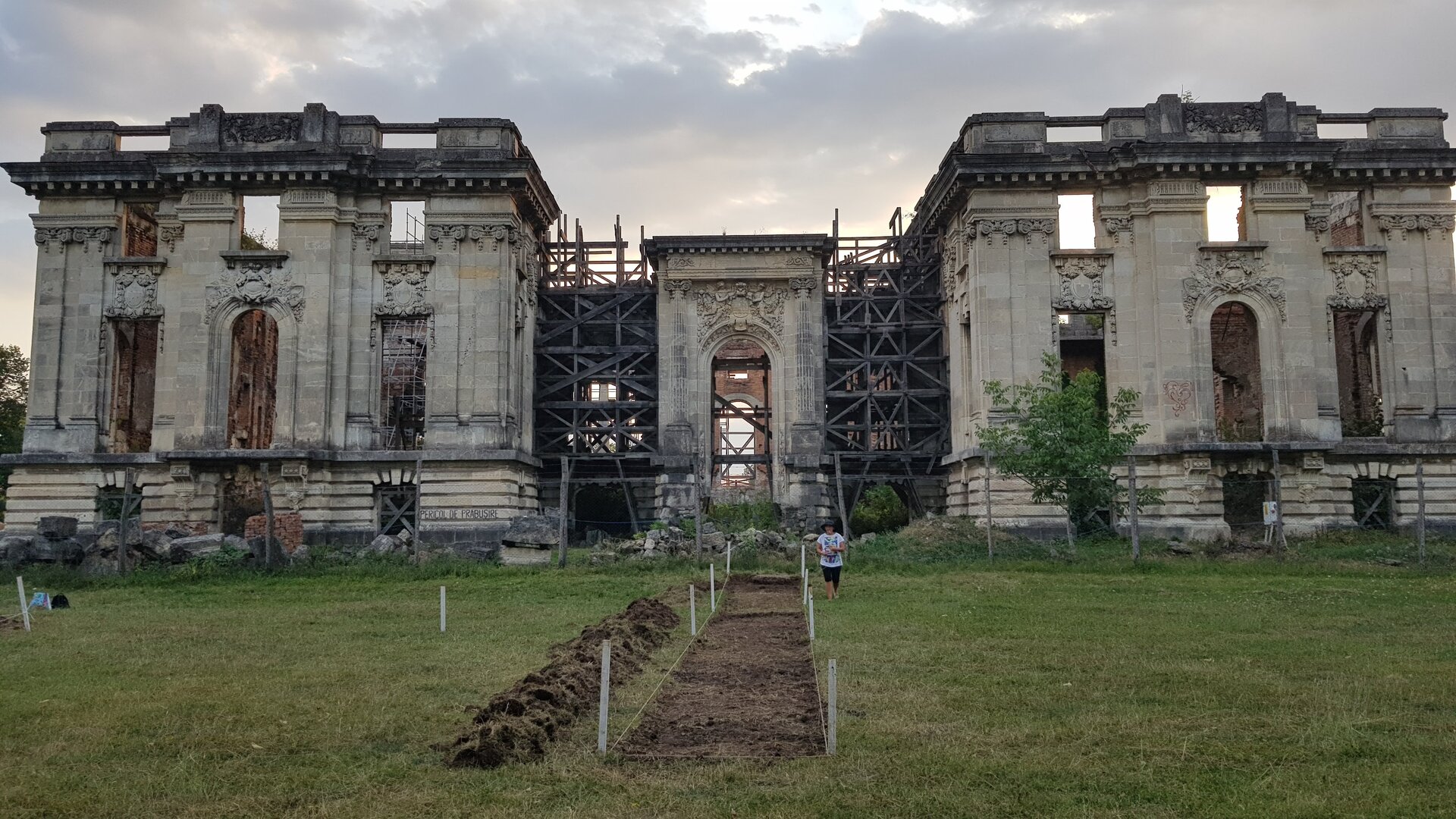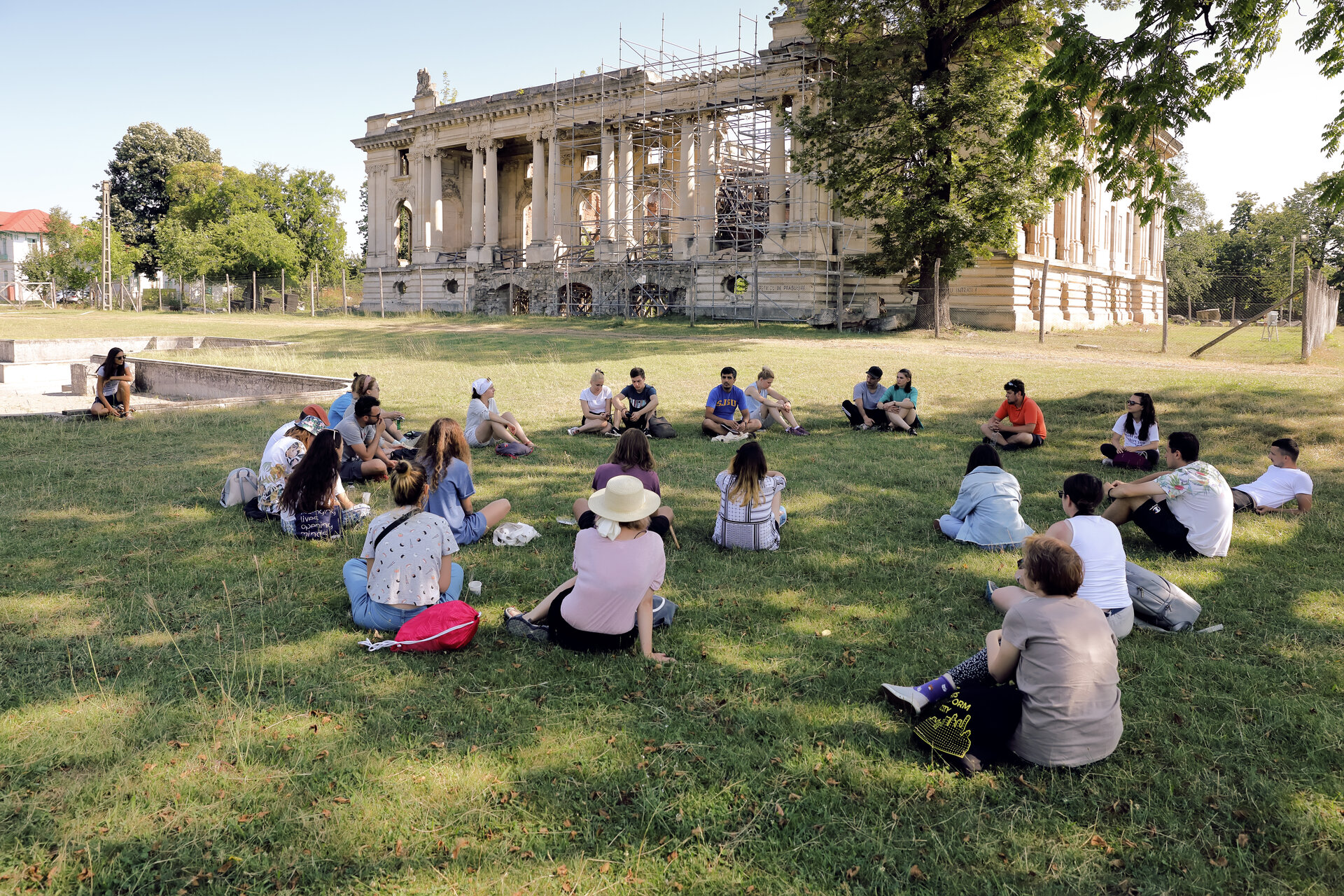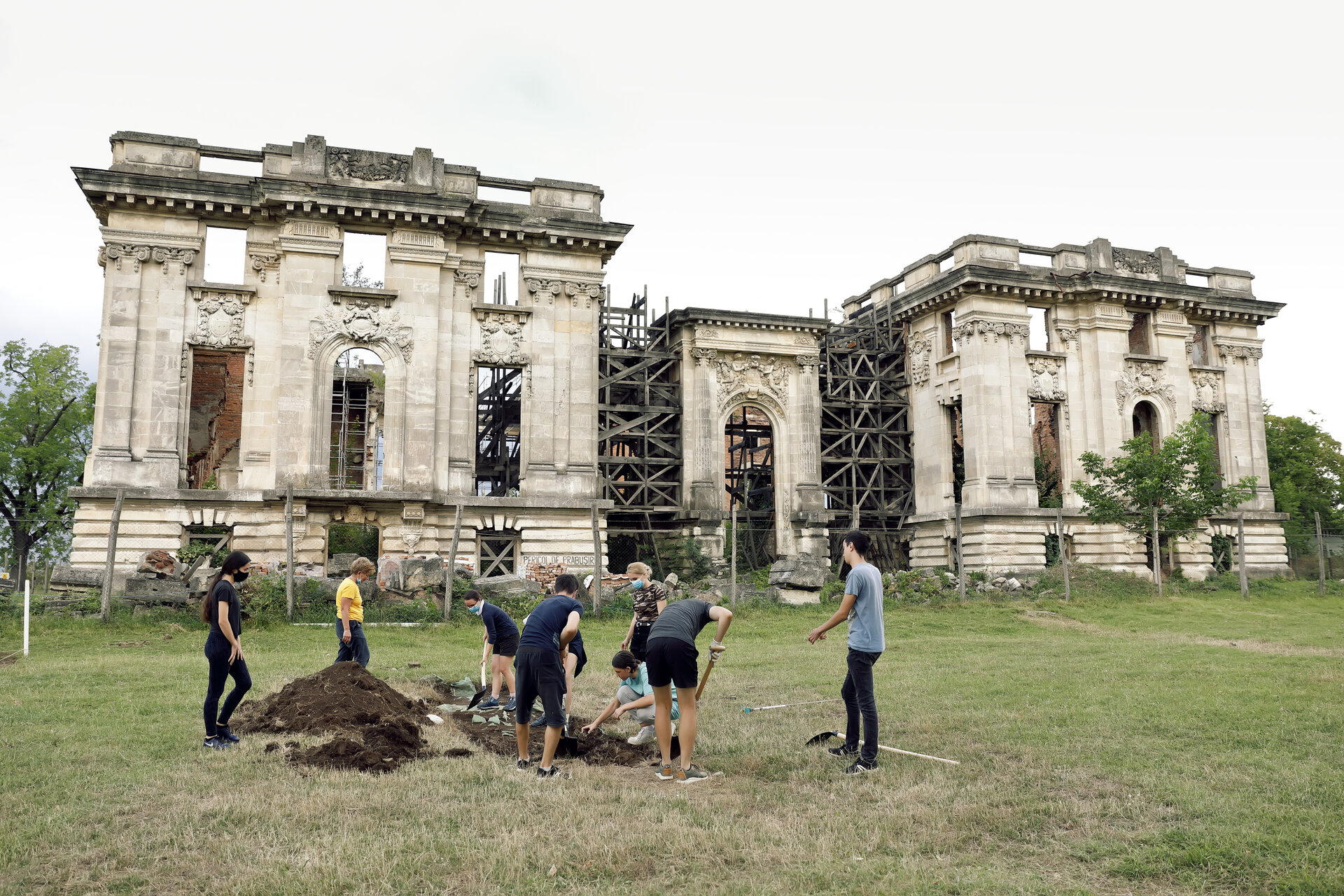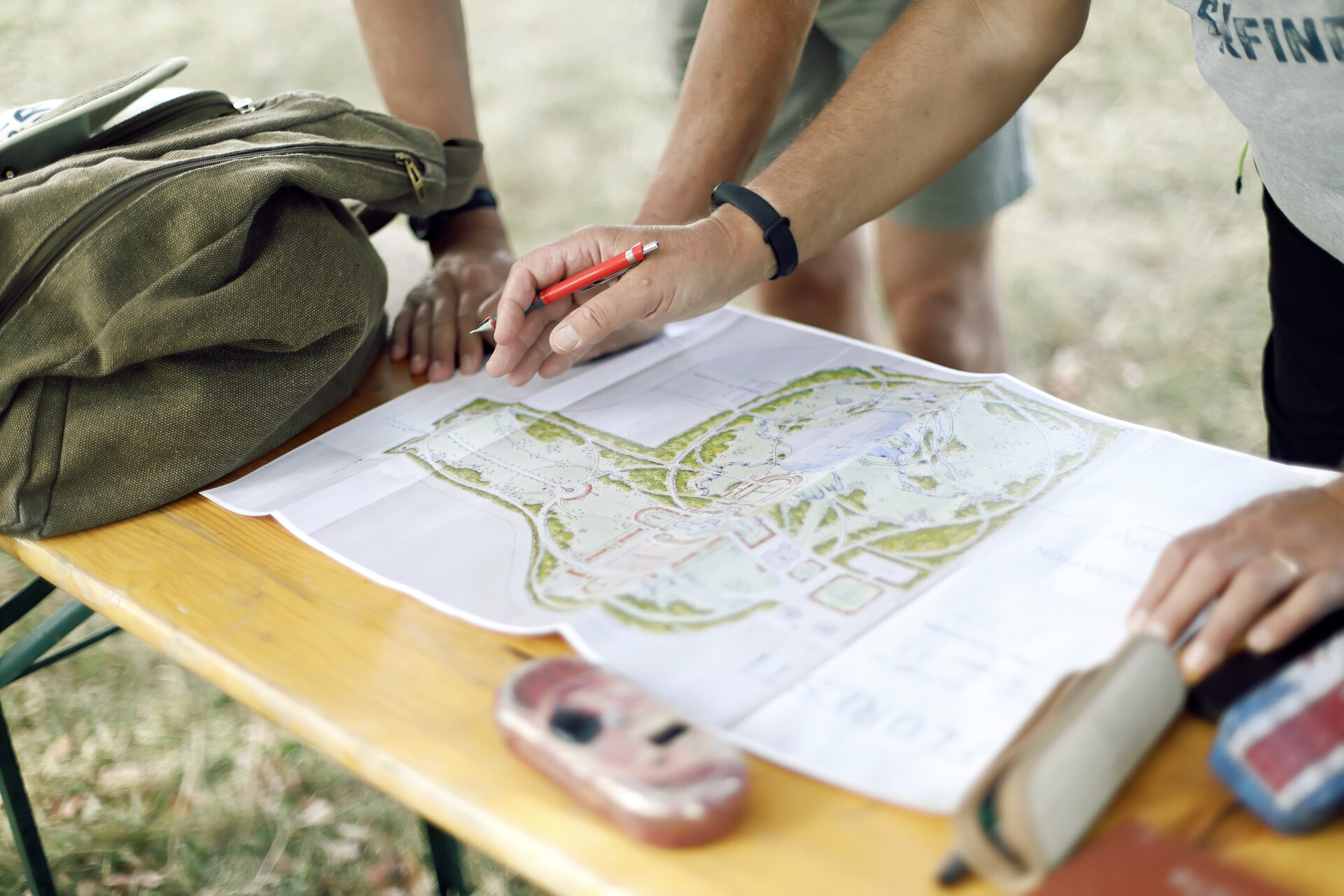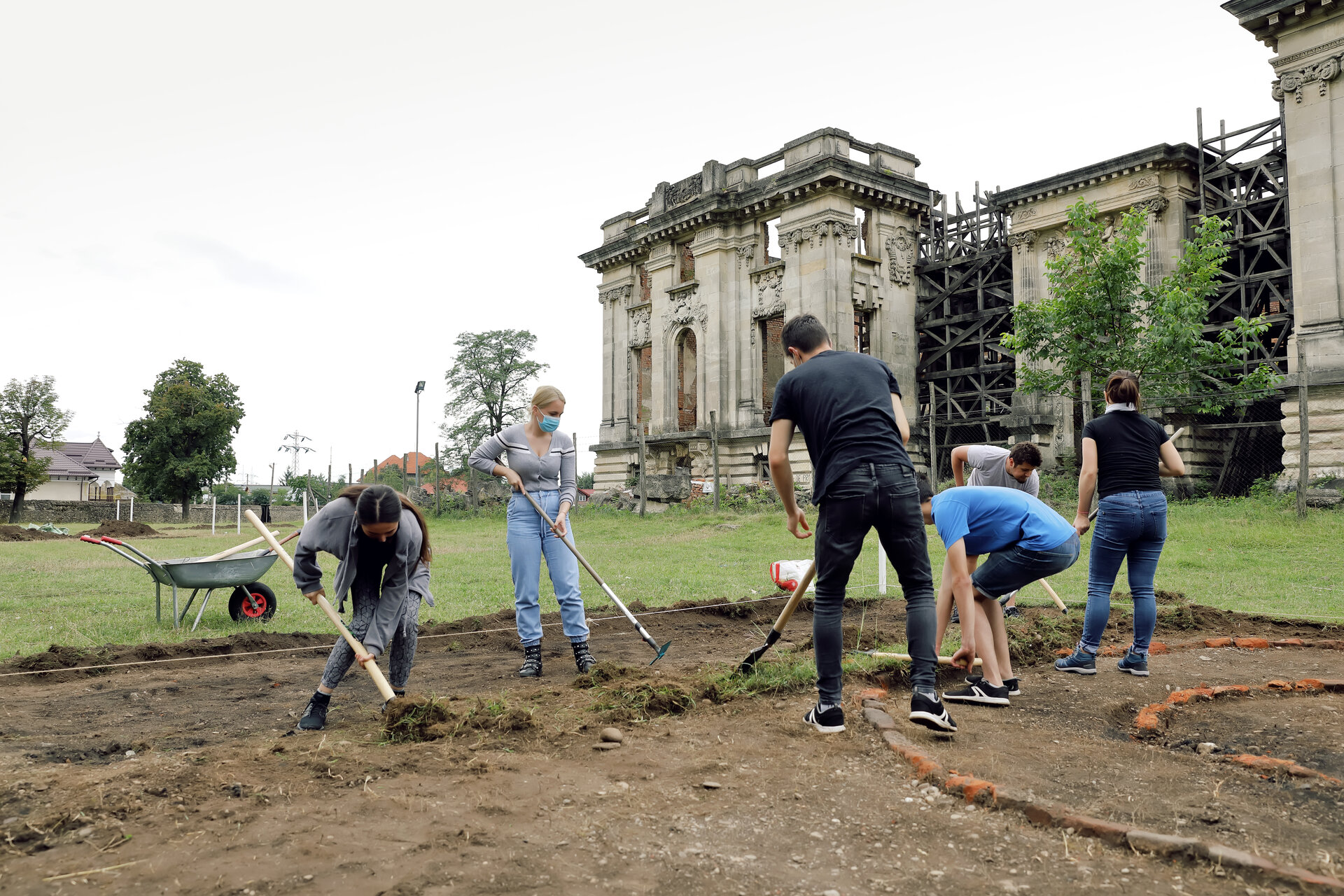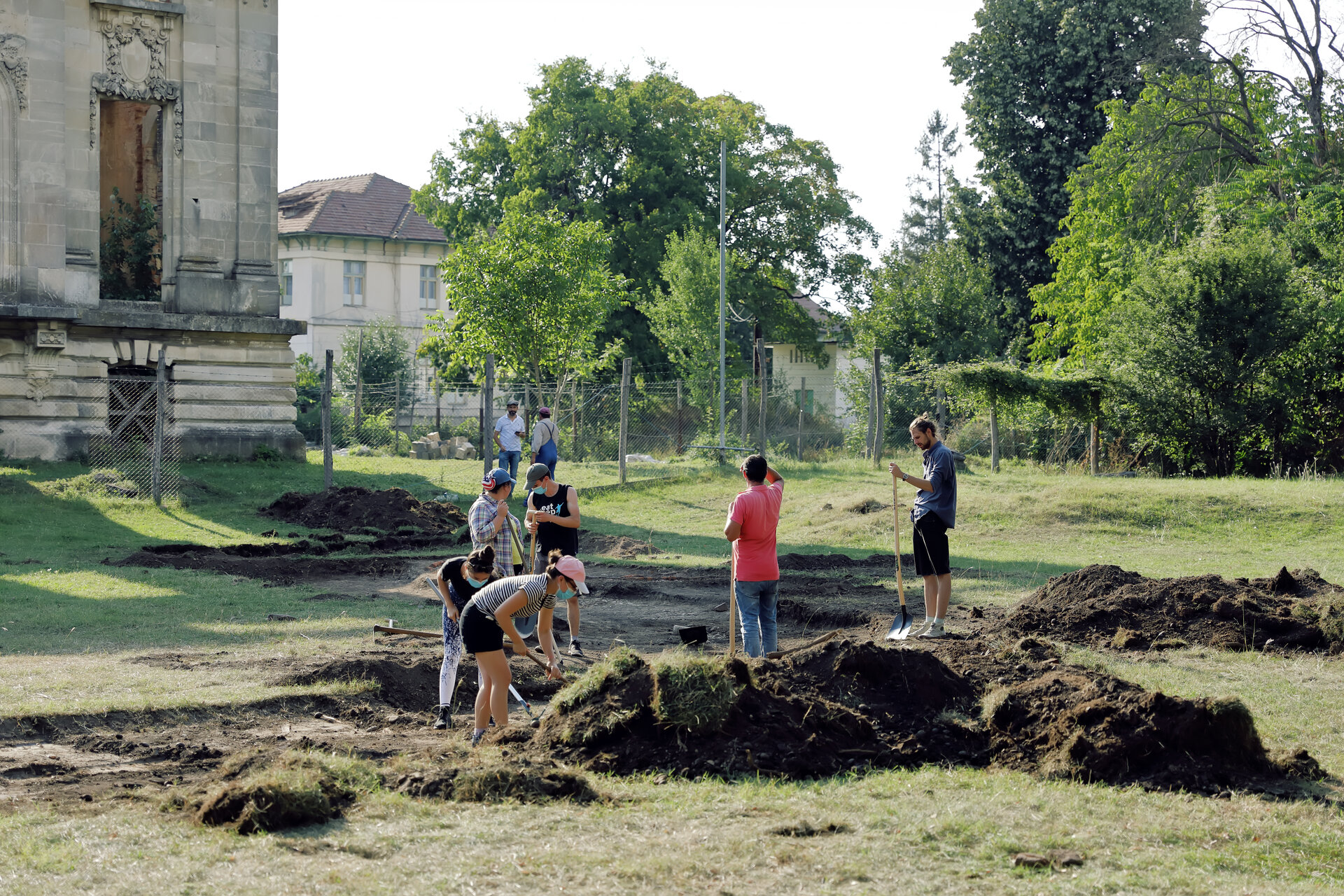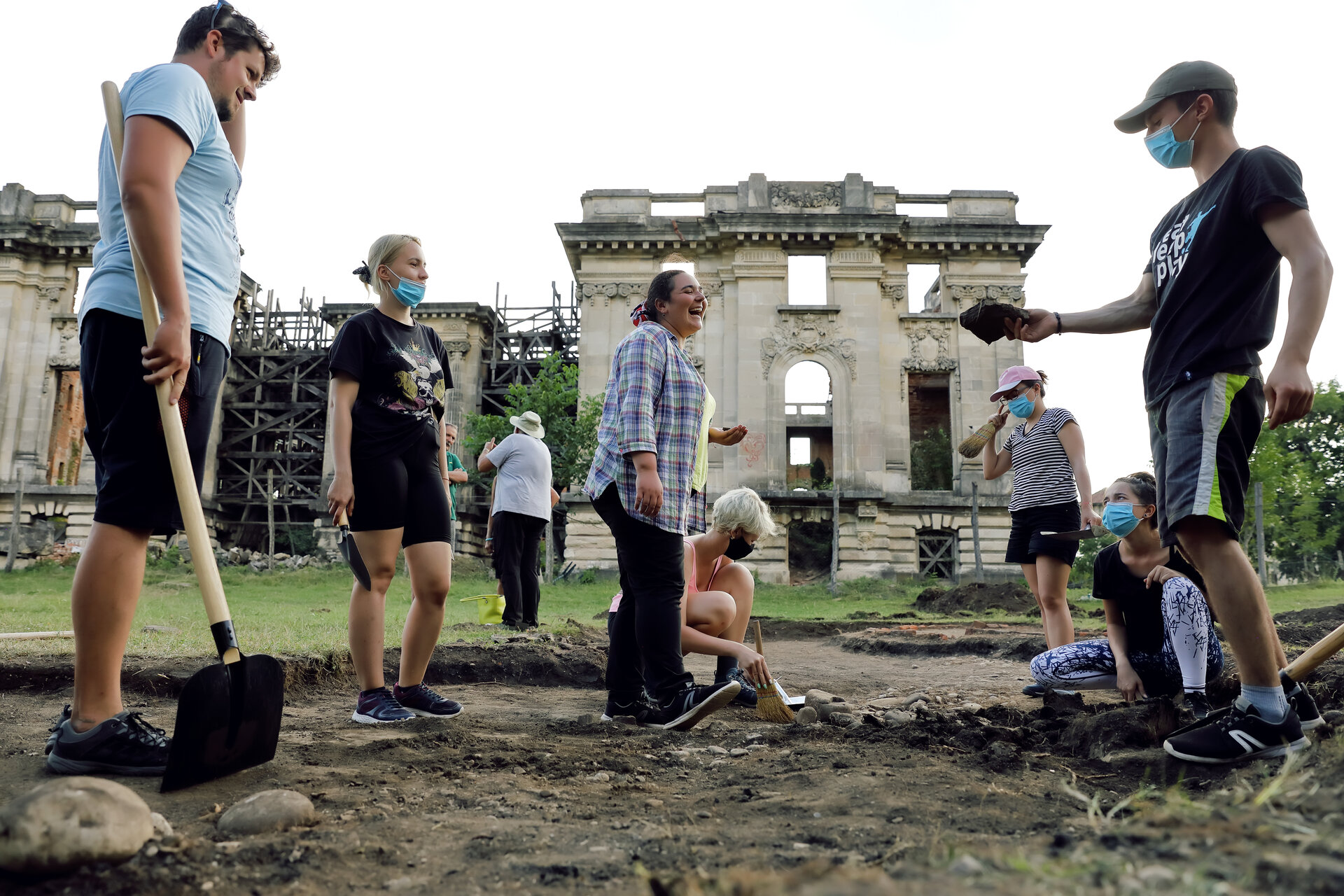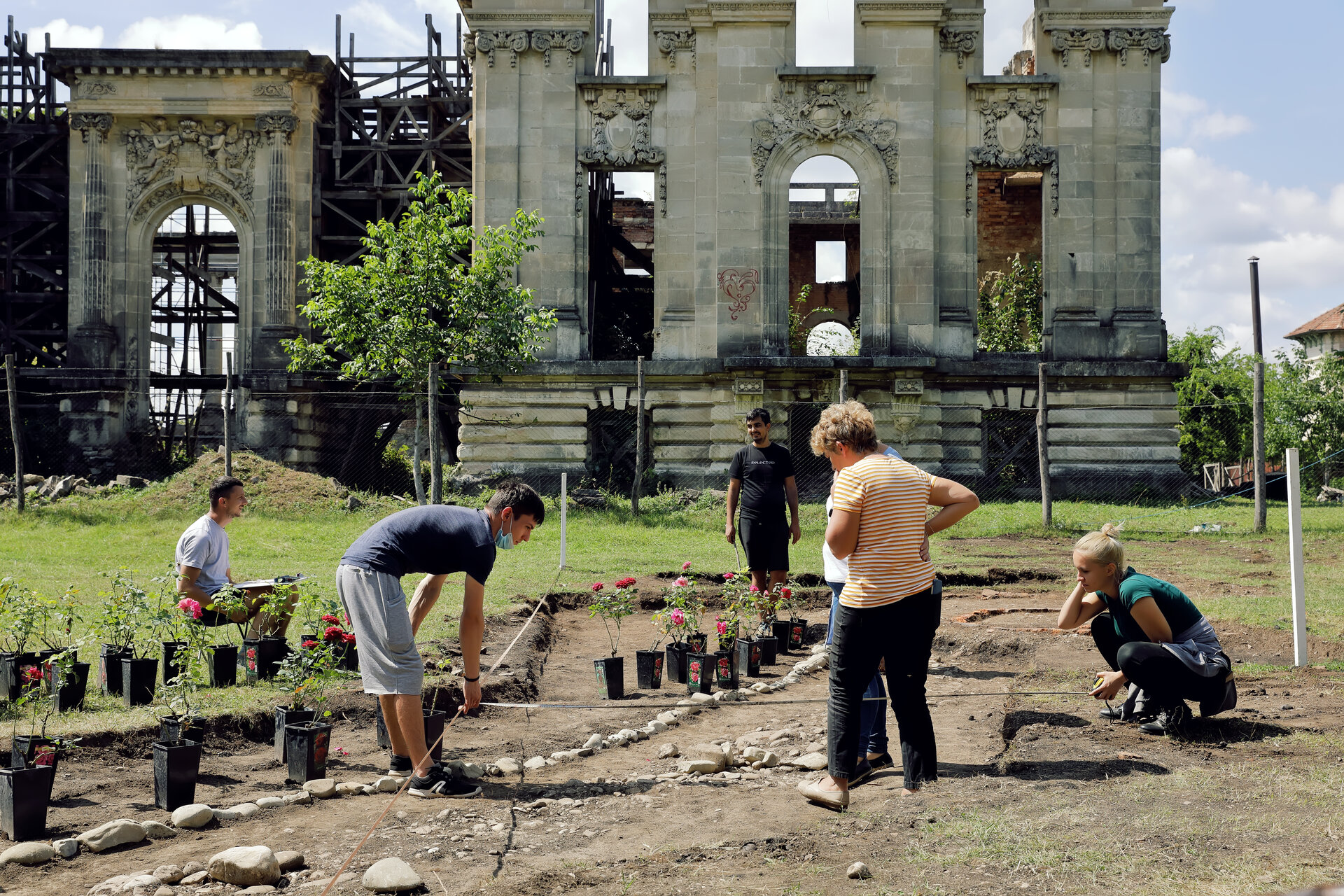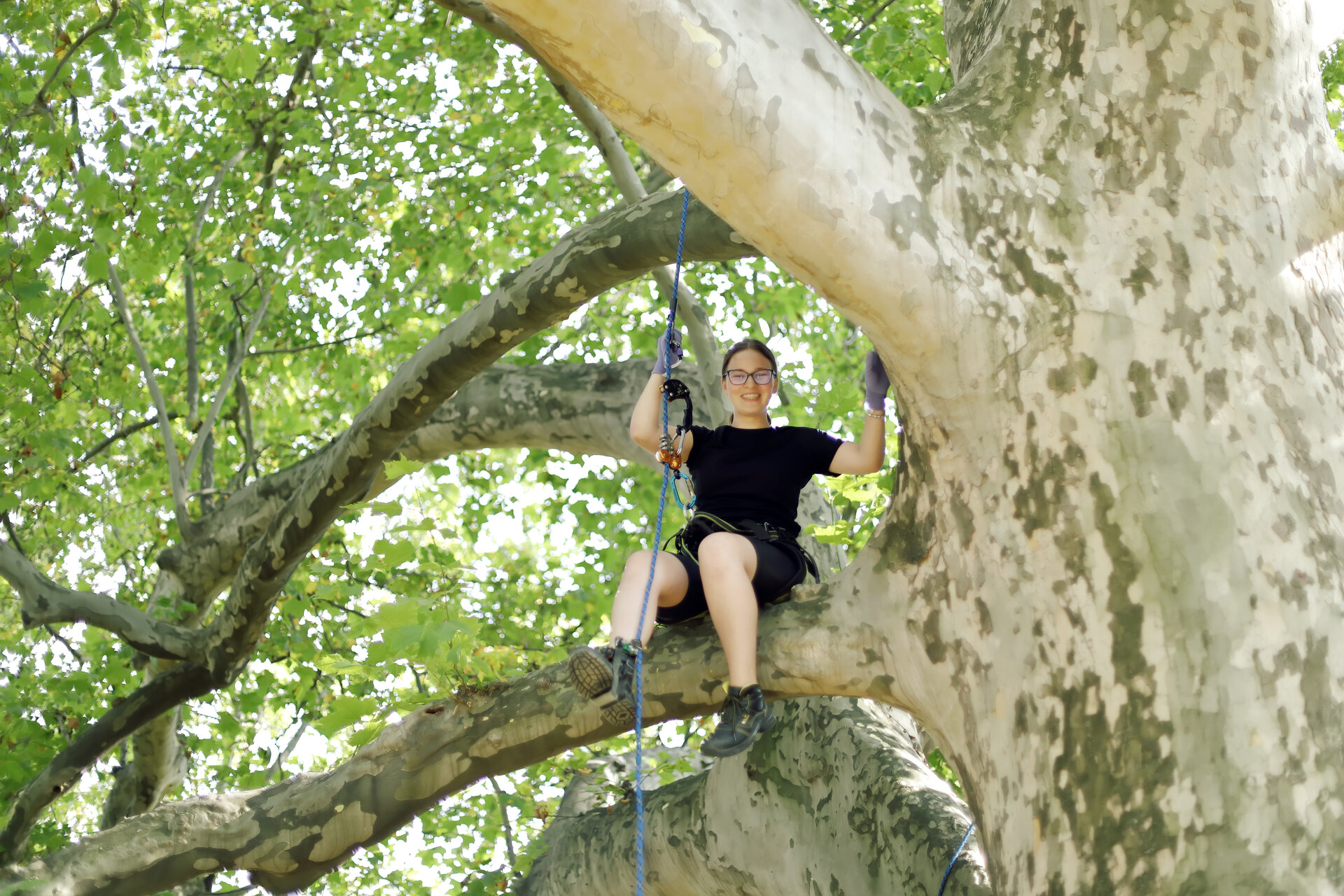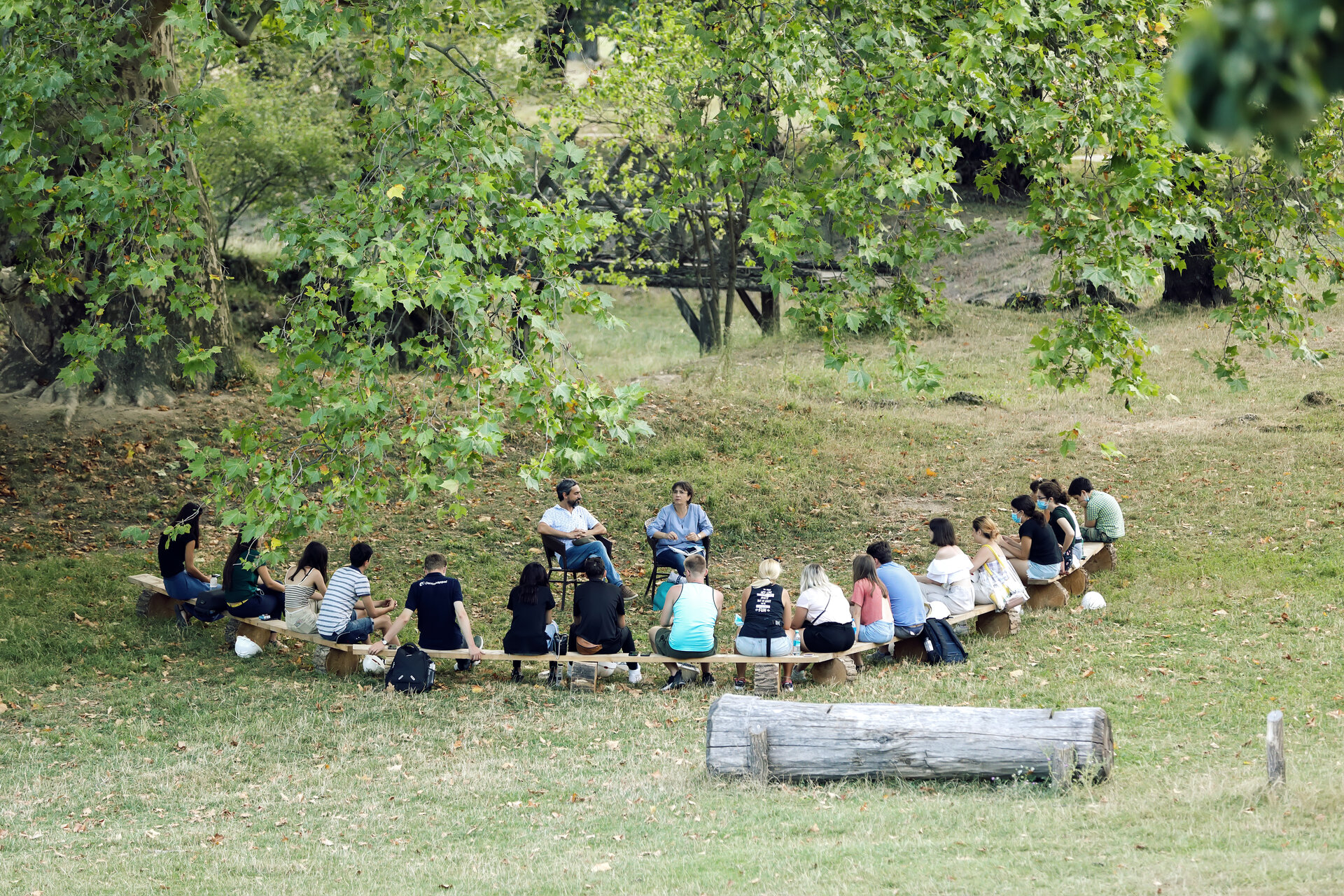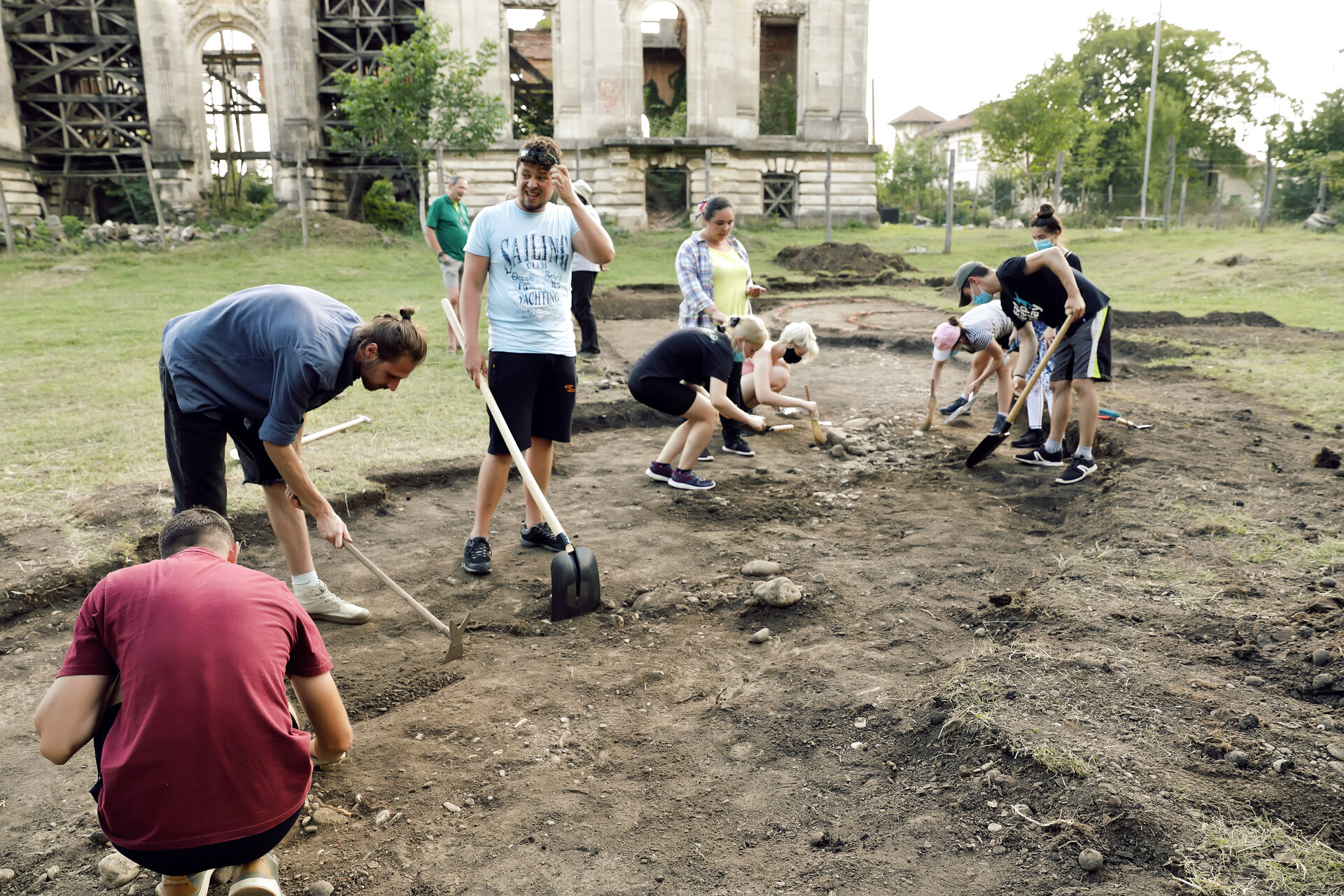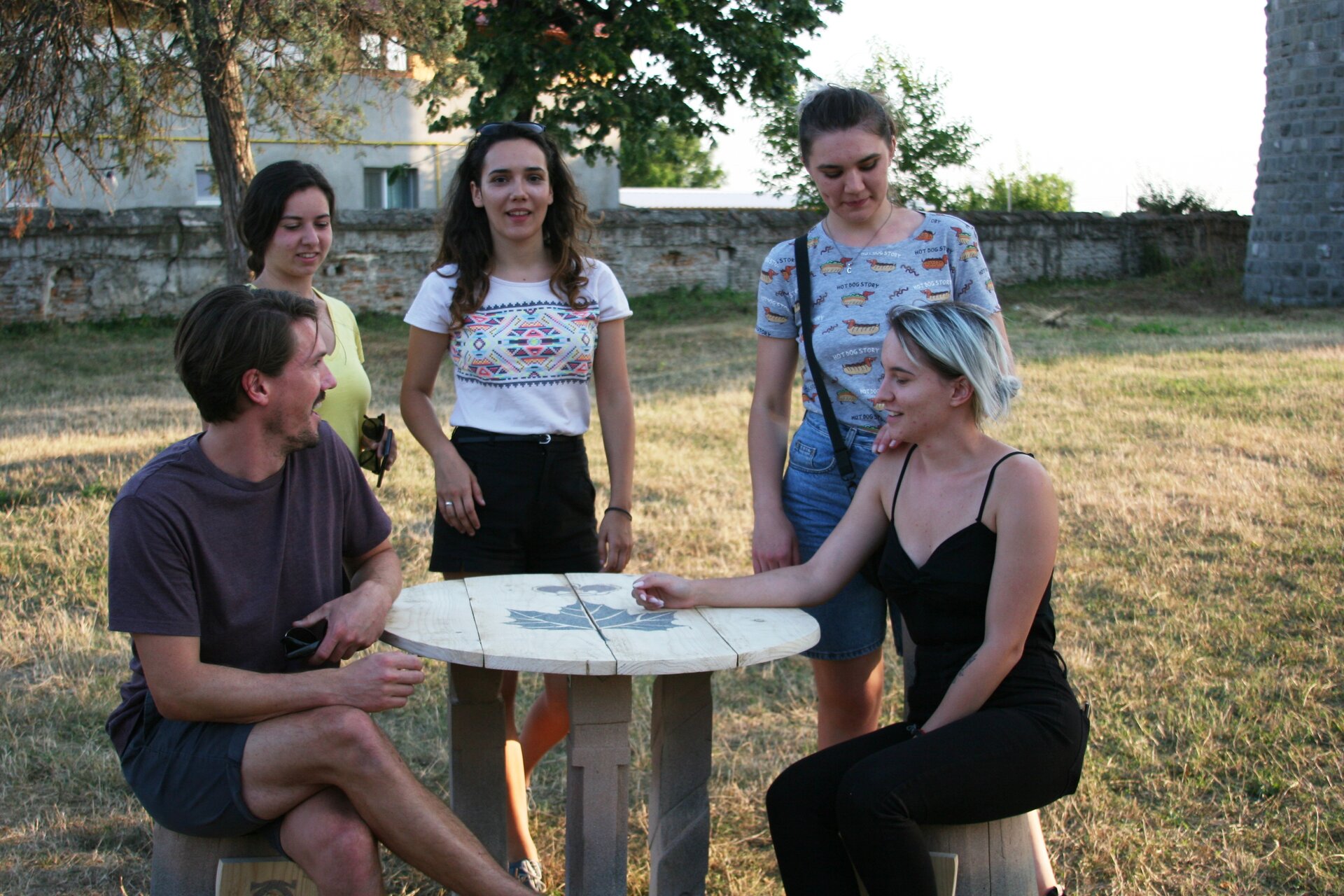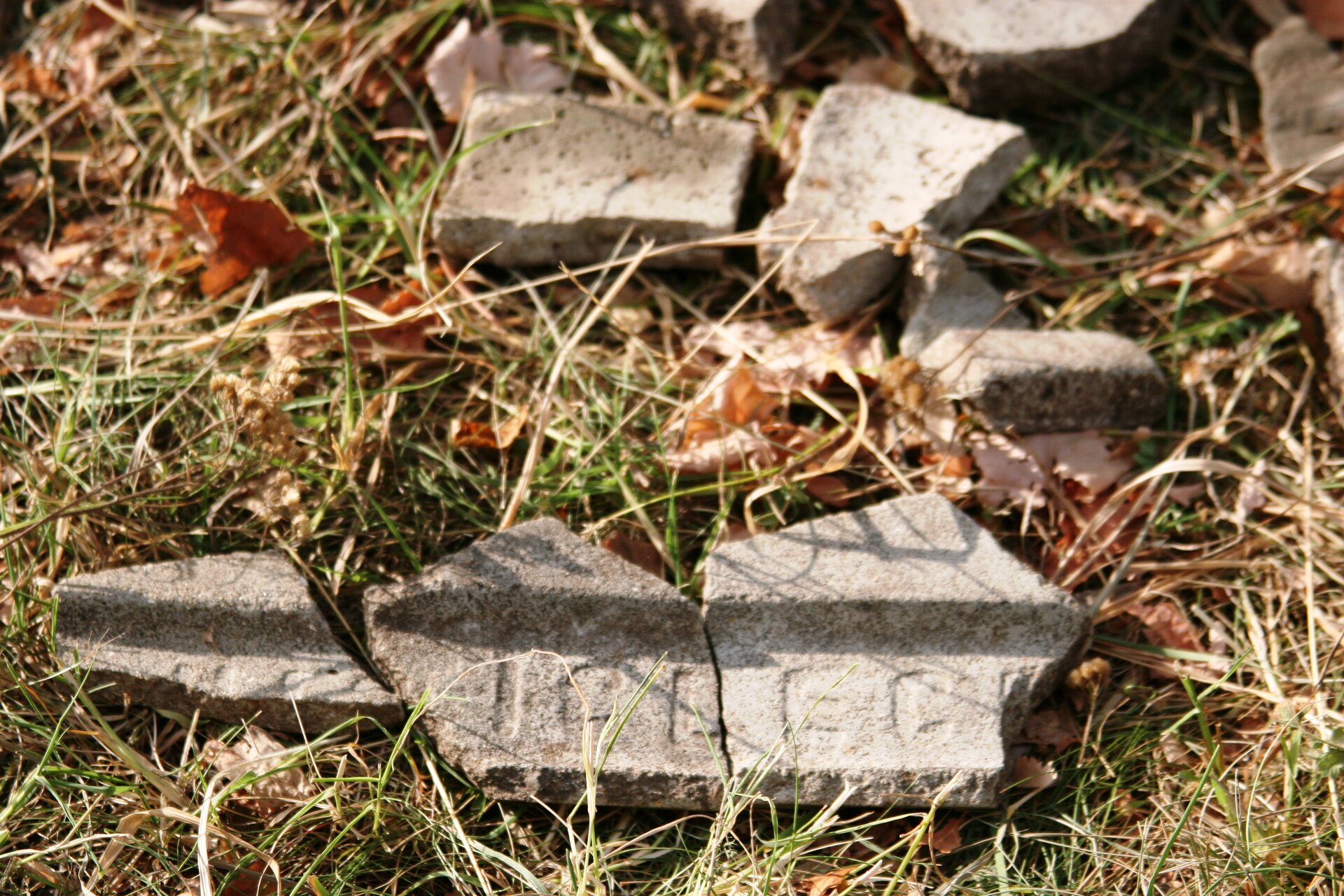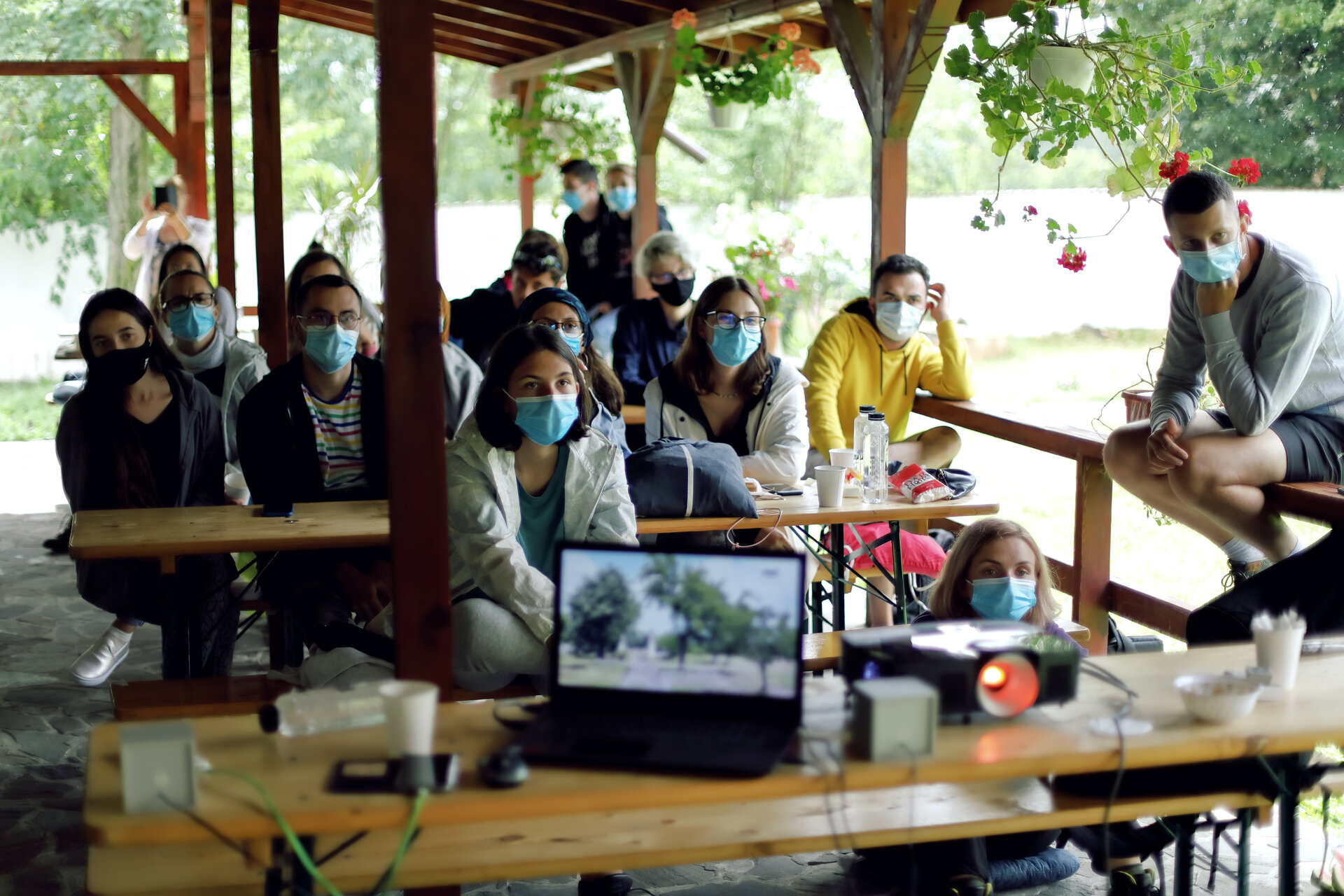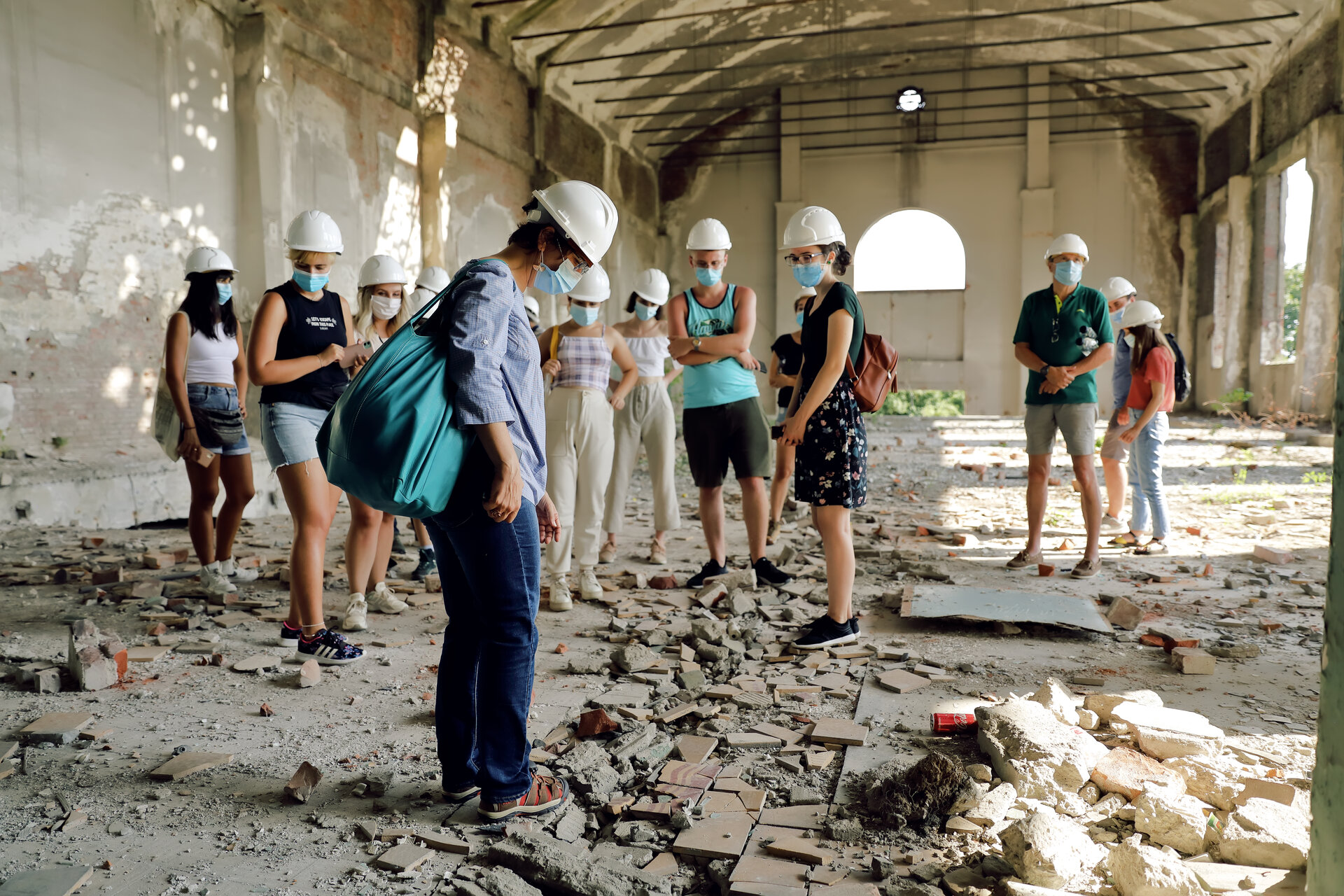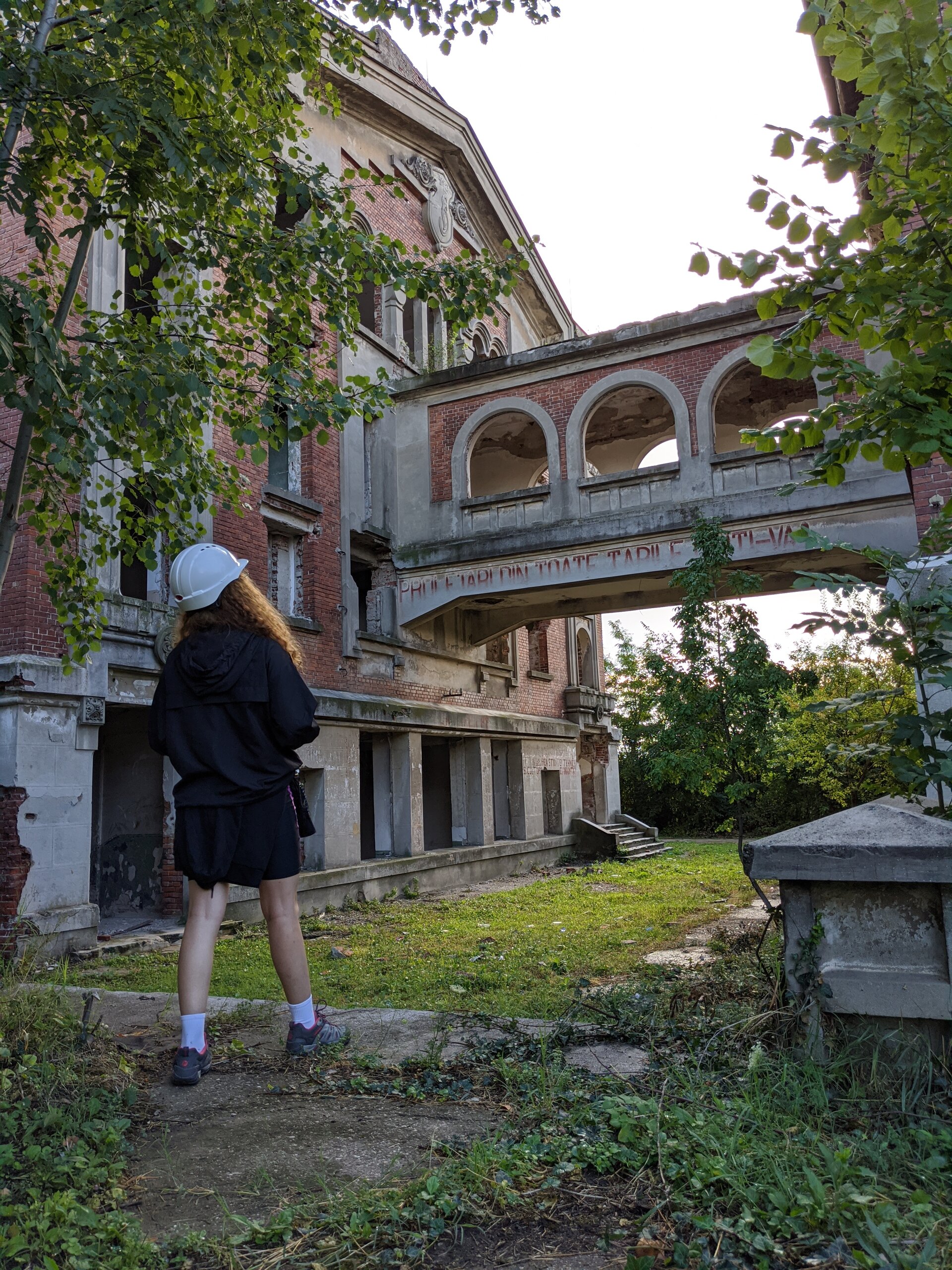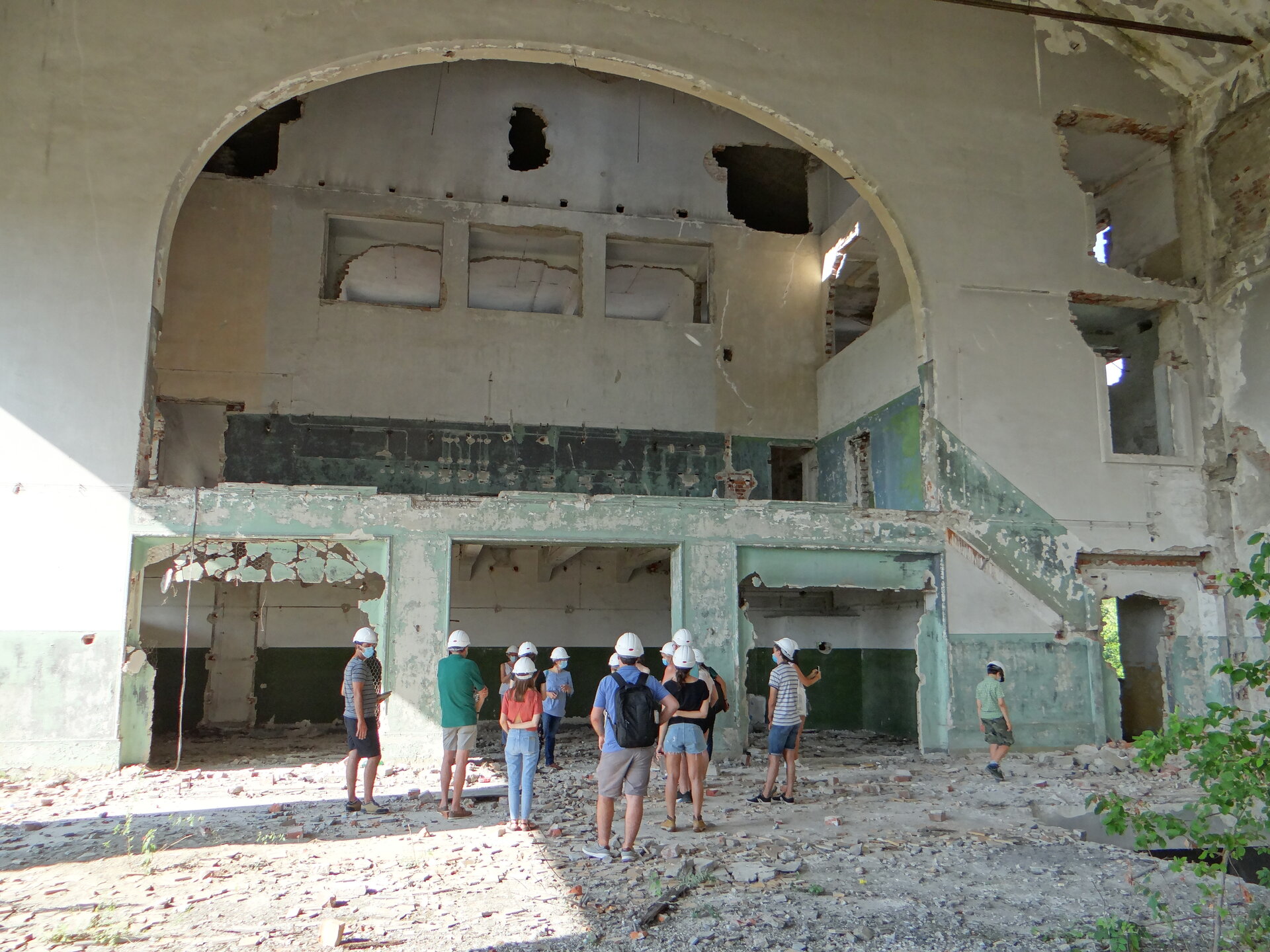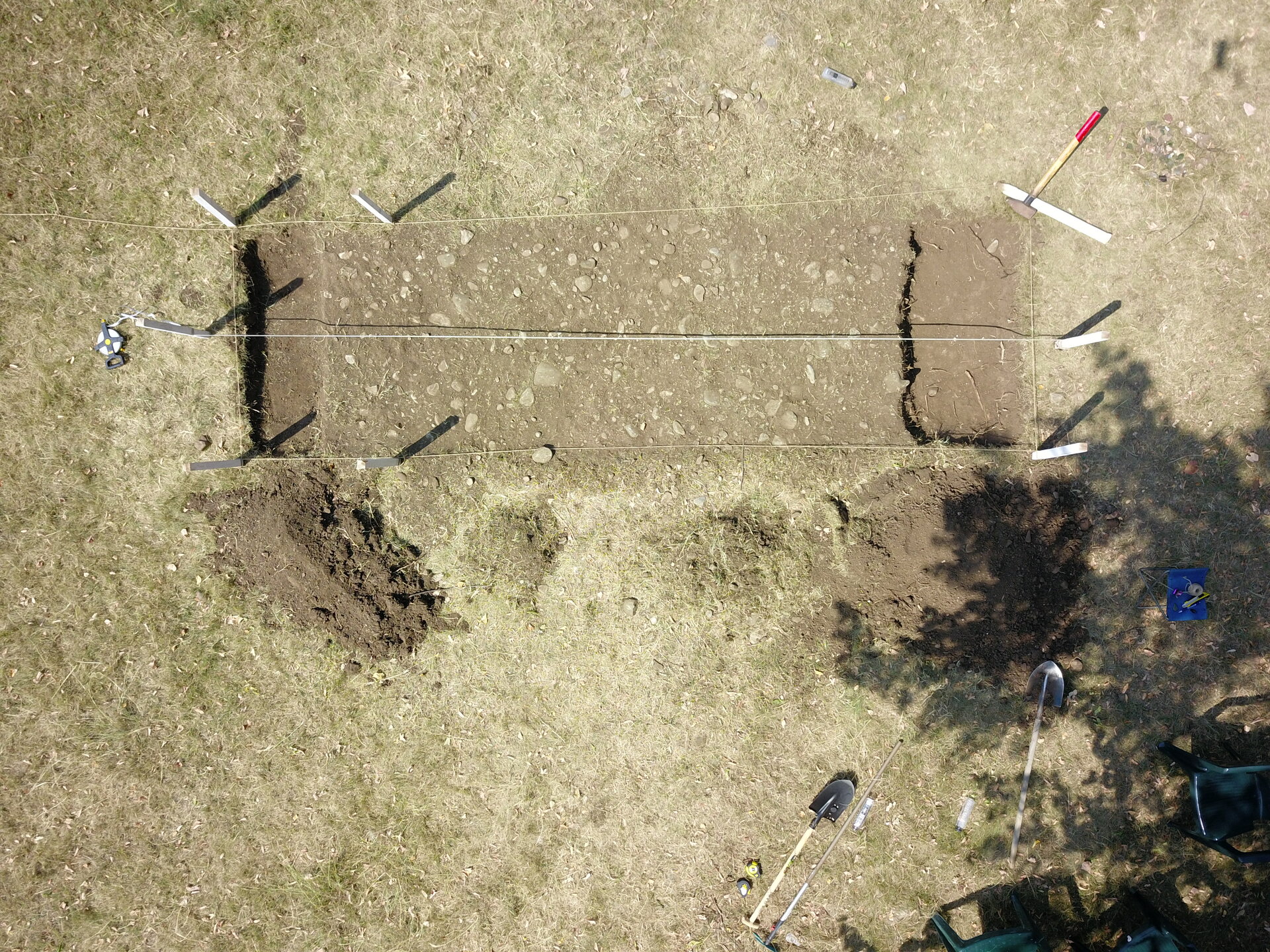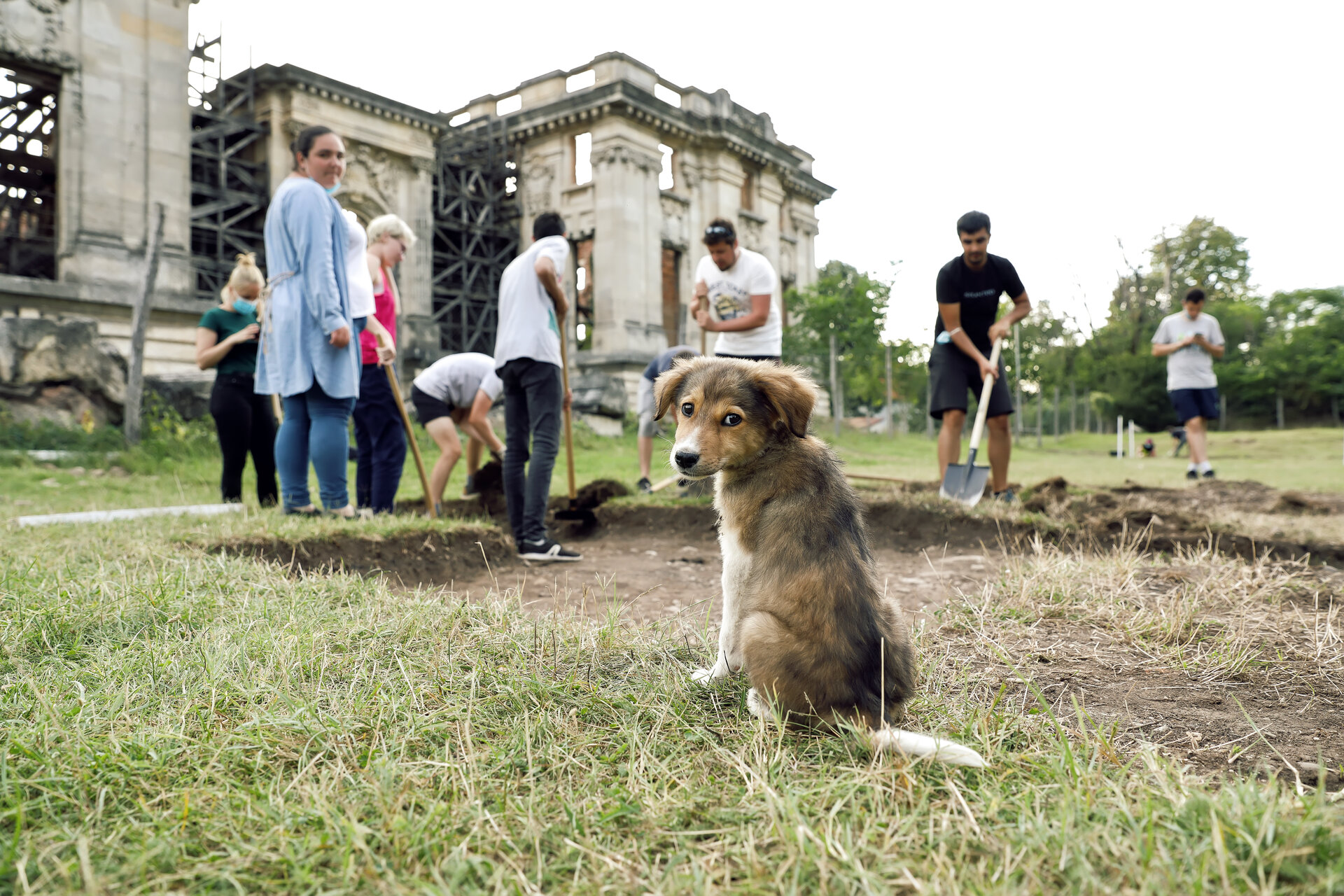
InFlorești summer school
Authors’ Comment
The Summer School at the Palace in Floresti is a multi-annual cultural and educational program dedicated to students and young professionals working in fields related to cultural and natural heritage (architects, engineers, landscape architects, archaeologists, artists, economists etc.). It takes place on the Cantacuzino Domain in Floresti , Prahova county and is organized by the Cantacuzino Floresti Foundation and the Arché Association in partnership with the National Heritage Institute, the Pro Patrimonio Foundation and the Romanian Landscape Association. The program was co-financed by the Order of Architects of Romania and the Administration of the National Cultural Fund and was supported by Aqua Carpatica.
In 2019, during the first edition of the Summer School at the Palace in Floresti, several thematic workshops were organized (landscape archeology, site-specific artistic installations and arboriculture) dedicated to the research and enhancement of the Little Trianon Park, a historical monument of national importance whose history and evolution over time have remained far too little researched. During the landscape archeology workshops, several historical alleys hidden under layers of soil, fragments of ceramic vessels, tiles, garden vases, carriage decorations, bullets, etc. were identified. Within the arboriculture workshop, a green register was elaborated that includes quantitative and qualitative data about all the trees in the park-historical monument, and within the plastic arts workshop, pieces of garden furniture inspired by the architecture of the Cantacuzin field were made. Architect Maria Auböck, the restorer of several historic parks and gardens, including the gardens of Vienna's Belvedere Palace, a UNESCO World Heritage List monument, participated as a special guest of the Summer School and proposed a research and restoration strategy for the old park.
In 2020, during the second edition, the archeological excavations were continued and old walking routes through the park were brought to light and several constructions and foundations were discovered, the history of which is to be researched, professional cuts were made in the crowns of the trees so as to allow them the vegetal regeneration and, on the basis of a specialized project approved by the Ministry of Culture, a landscape restoration intervention was carried out in order to highlight the discovered and uncovered routes. The 2020 edition of the Summer School was also attended by the Dutch Elyze Storms-Smeets, a geographer specializing in European historical and political fields.
However, the star of the 2020 edition of the Summer School was the “Red Star” Power Plant, which was visited by several students and young professional architects who studied the building closely and who collaborated in order to identify models for its restoration and enhancement. . The studies and projects carried out in this industrial architecture workshop are to be integrated in a classification file in the List of Historical Monuments of this masterpiece built between 1922-1923 by the Belgian-French company Hydrodina in collaboration with the famous architect, Duiliu Marcu, and with the Romanian entrepreneur Emil Prager.
The Summer School has been nominated under the European programs Rendez-vous aux Jardins and INNOcastle as an example of good practice in organizing and conducting research and enhancement programs of historical monuments during a pandemic.
- Uranus Now. Urban and community project
- B:MAD Bucharest Modernism Art Deco
- Govora Thermal Architecture Week
- MAZZOCCHIOO
- Inside – the Instagram housing
- Breaking Ground. The schoolyard workshops
- Kid’s Factory – Rethinking Conversation
- The Virtual Reconstruction of the Simu Museum
- InFlorești summer school
- Clips
- Architectural education, otherwise: To learn from building or „From one day project to one day building”
- UAUIM participation at „Designing the Unesco Buffer Zone – Call Internazionale di Progettazione per La Grande Villa Adriana” (Premio Piranesi 2018)
